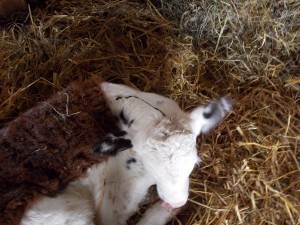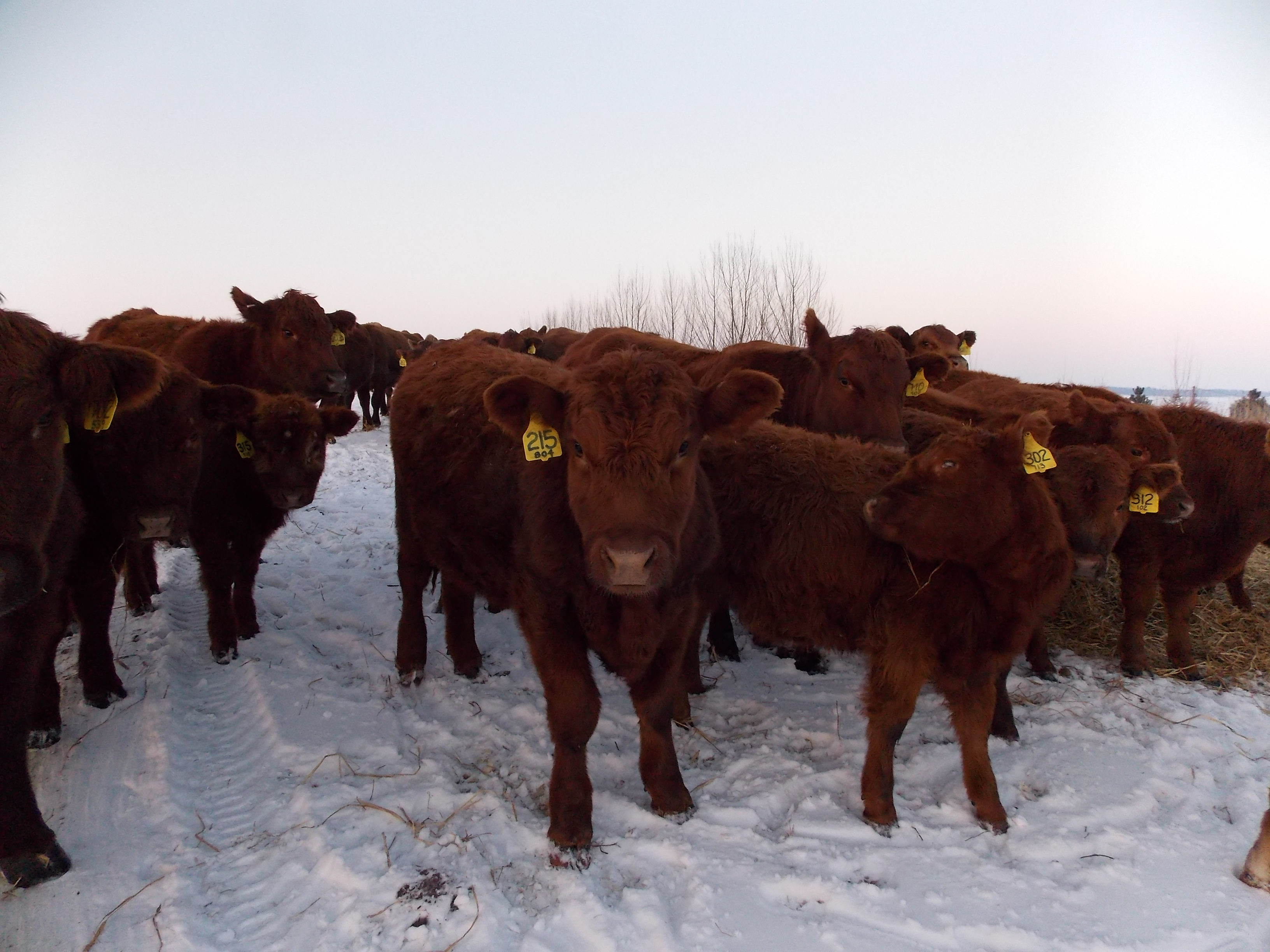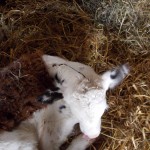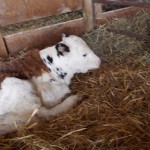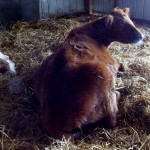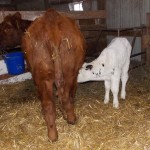Life on a farm isn't all sunshine and roses. Sometimes it's tough, but not often, only occasionally. This week we had a heifer who laid on her calf and smothered it. Because she's a heifer with years of healthy calving ahead of her and concern that she'd get mastitis, limiting her milk production or udder health in the future, we decided grafting a calf was a good option. A neighbor who dairies had a newborn bull calf the same age as the one we'd lost. Keith cut the hide from the lost calf and tied it onto the new calf. A cow initially identifies their calf by smell, maintaining the scent of the lost calf greatly aides in the grafting process. The heifer was haltered and tied until the bull calf nursed. This was repeated several times each day for several days. In about one week the heifer accepted the calf as her own and the hide was removed.
Here are the steps to grafting a calf:
- Find a calf close in age to the lost calf
- Let the cow or heifer get a good scent of her calf before removing it from her
- Skin the lost calf
- Tie the hide to calf being grafted
- Drizzle molasses onto the new calf to encourage the cow to lick it. The more you can encourage her to smell and touch the new calf the faster the grafting process.
- Halter the cow/heifer or if necessary hobble her so she can't kick at the new calf
- Encourage the calf to nurse safely
- When the cow/heifer begins to accept the calf, allow at least 3 days, remove the hide
- The new calf will be accepted, it's just a matter of time. Heifers are easier than a cow, but eventually even a cow will give in.
